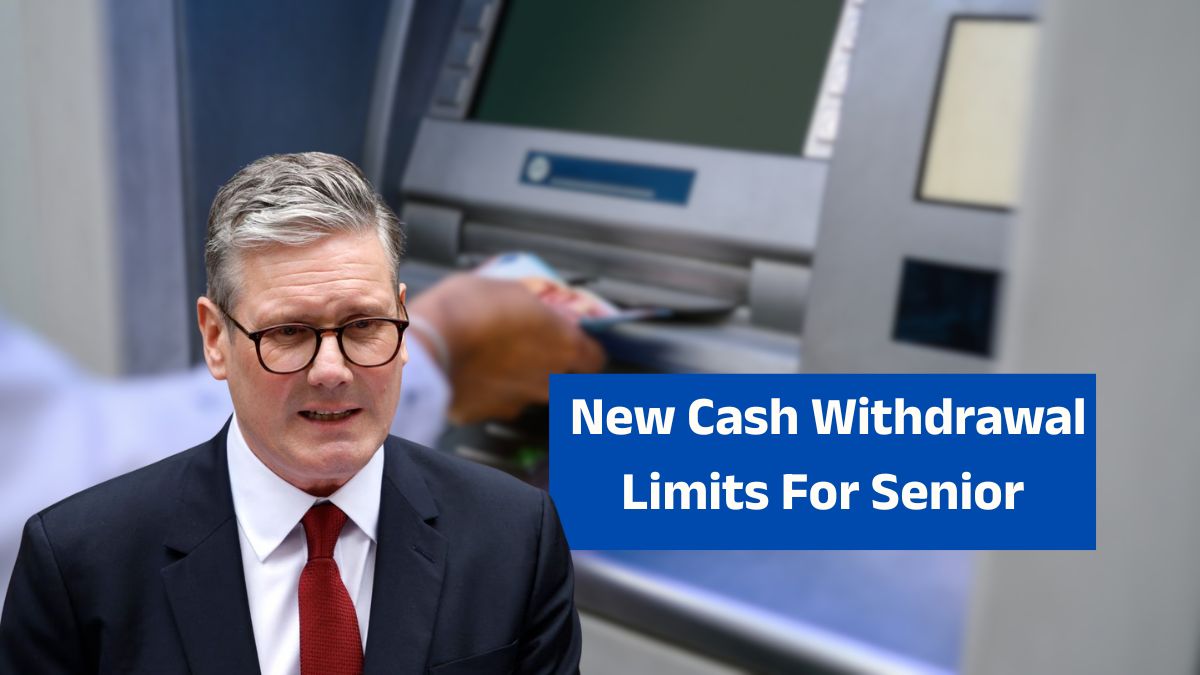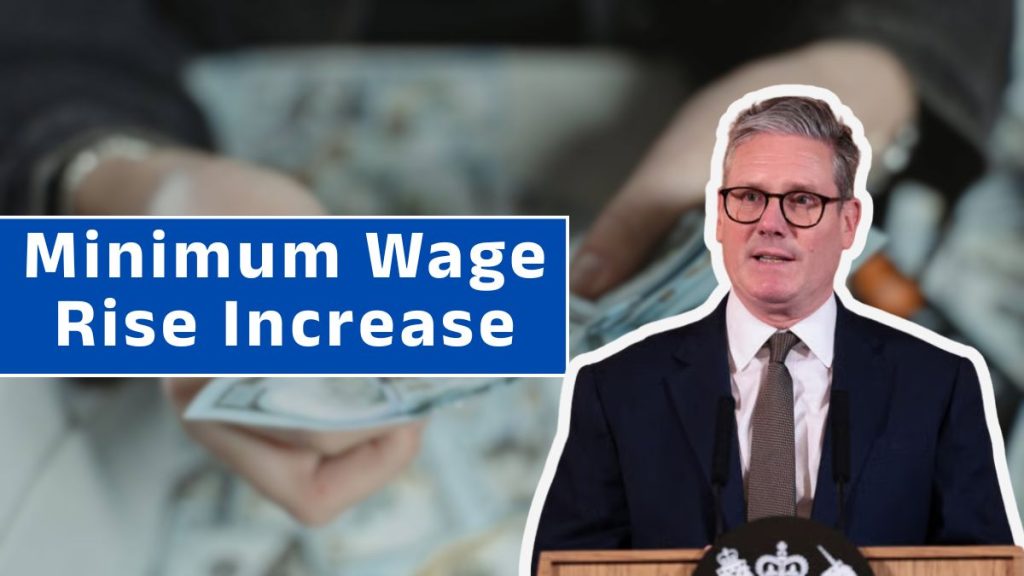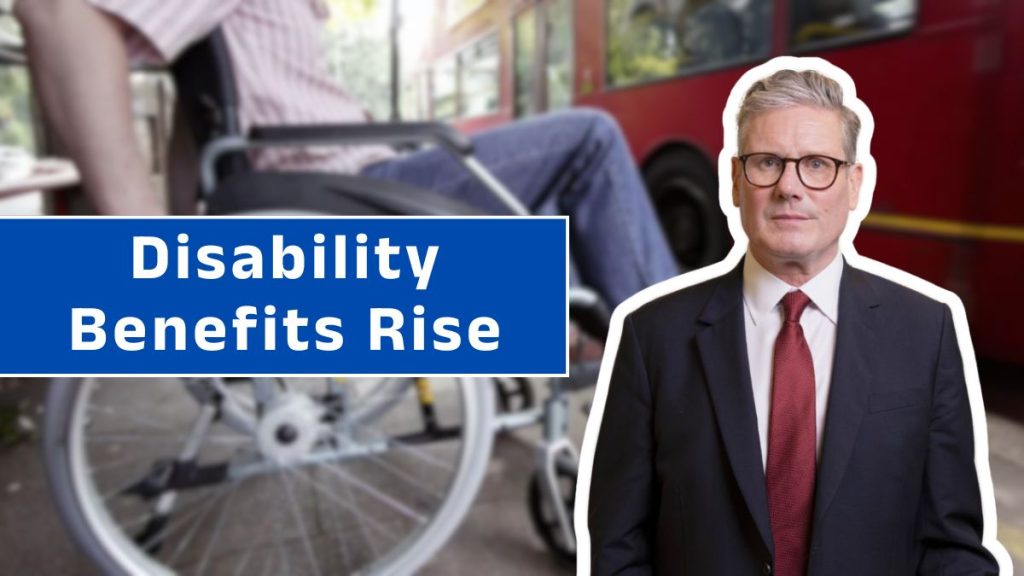The Department for Work and Pensions (DWP) has confirmed that pensioners across the UK will benefit from a £538 boost in 2025, sparking widespread attention from retirees and those nearing retirement age. This increase, rooted in the government’s triple lock guarantee, is designed to help pensioners cope with rising living costs and persistent inflation.
For many, this update raises critical questions: Who will get the payment, how much exactly will be added, and when will it be received? This in-depth guide breaks down the details of the £538 pension rise, eligibility requirements, payment schedules, and the impact on related benefits such as Pension Credit.
What is the £538 Pension Boost?

The £538 figure refers to the estimated annual increase in State Pension payments set for the 2025–26 financial year. It comes as part of the DWP’s annual uprating process, which uses the triple lock policy to ensure pensions rise each year by the highest of:
- Inflation,
- Average wage growth, or
- A minimum of 2.5%.
For many pensioners, this boost represents a substantial financial relief at a time when household bills remain high. Depending on individual circumstances, the increase could be delivered through higher weekly or monthly payments spread across the year, or in some cases as additional one-off support linked to cost-of-living schemes.
While the exact distribution method has yet to be finalised by the DWP, the headline amount of £538 per year has become a reference point for how much better off pensioners can expect to be in 2025.
Who is Eligible for the Payment?
Eligibility for the £538 boost is tied to State Pension entitlement. This means you must already be receiving the State Pension or a related DWP pensioner benefit.
Key criteria include:
- You must have reached State Pension age by April 2025.
- Your entitlement depends on your National Insurance contributions record.
- Those already receiving the full new State Pension or the full basic State Pension will benefit most directly, as these rates are automatically adjusted by the triple lock.
However, not everyone will receive the full £538. Pensioners with incomplete contribution records may see smaller increases. Additionally, those living abroad in certain countries where UK pensions are not uprated annually may not receive the full rise.
To confirm your own position, you can check your State Pension forecast online or request a statement from the DWP to ensure your National Insurance record is complete.
How Will the Payment Be Made?
The DWP pays pensions directly into recipients’ bank, building society, or credit union accounts. The £538 boost will follow the same pattern, meaning there is no separate application process for pensioners already receiving State Pension.
Your payment date depends on your National Insurance number, which determines your assigned pension payday. Some pensioners will see the uplift reflected immediately in their first payment of the new tax year, while others may notice the change later in the month.
As always, it is essential to monitor your bank statements and official DWP letters to confirm the updated payment amount.
When Will the Payments Arrive in 2025?
The new rates will apply from April 2025, aligning with the start of the new financial year. This means pensioners will begin receiving the higher amount from their first scheduled payment date after April.
Important points about payment timing:
- State Pension paydays are linked to National Insurance number endings.
- Bank holidays or weekends can shift payment dates, so allowances should be made for slight delays.
- The DWP typically issues detailed payment calendars in early spring, giving pensioners notice of any changes.
For those on Pension Credit or other related benefits, additional increases may also be processed at the same time, providing a broader uplift across multiple support schemes.
How the Triple Lock Protects Pensioners
The triple lock guarantee remains at the centre of the 2025 increase. Designed to ensure that pensioners’ incomes rise in line with national prosperity, it uses whichever is higher between:
- Inflation rates (CPI),
- Average UK earnings growth, or
- A fixed 2.5% minimum increase.
In recent years, high wage growth and persistent inflation have meant the triple lock has delivered substantial uplifts. For 2025, these same economic pressures are driving the £538 boost.
While the policy remains politically debated due to its cost to the Treasury, the government has confirmed that the triple lock will remain in place at least through the 2025–26 financial year.
Impact on Pension Credit and Other Benefits
The pension increase will not only affect State Pension payments but also influence linked benefits. These include:
- Pension Credit,
- Housing Benefit for pensioners,
- Disability-related support schemes.
Because means-tested benefits are tied to income thresholds, higher pension amounts may reduce entitlement for some. For example, a pensioner receiving Pension Credit could see their payments adjusted if the boost pushes their income above certain limits.
However, in most cases, the overall net benefit remains positive, as higher pension income offsets any reductions in means-tested support.
Pensioners with complex benefit interactions should consider seeking welfare advice or using official benefits calculators to fully understand the impact.
Tax Considerations on the £538 Boost
While the State Pension is taxable income, tax is not deducted directly from payments. Instead, HM Revenue & Customs (HMRC) adjusts tax codes or collects tax through other forms of income such as private pensions.
The £538 boost may push some pensioners over the personal allowance threshold, meaning they could become liable for income tax for the first time.
Points to note:
- The personal allowance may remain frozen, increasing the chance of crossing the tax limit.
- Pensioners with additional income sources should review their situation with HMRC before April 2025.
- Planning ahead will help avoid unexpected tax bills.
Preparing Your Finances for 2025
The pension rise offers a valuable opportunity for pensioners to review and rebalance their finances. With an extra £538 a year, households can:
- Offset rising costs of essentials like energy, rent, and food.
- Build a small emergency fund for unexpected bills or healthcare.
- Adjust monthly budgets to make better use of the new income.
It is also wise to check for financial scams, as fraudsters often target pensioners during times of policy change. Always rely on official DWP correspondence and ignore unsolicited calls or emails claiming to be from government agencies.
Common Questions About the £538 Pension Boost
1. Do pensioners need to apply for the £538 boost?
No. The payment increase is automatic for anyone already receiving the State Pension.
2. Will all pensioners receive the full £538?
Not necessarily. The exact increase depends on whether you receive the full new State Pension, the basic State Pension, or a reduced amount due to incomplete contributions.
3. How does the triple lock affect this payment?
The triple lock policy ensures pensions rise by the highest of inflation, wage growth, or 2.5%. For 2025, wage and inflation trends are driving the £538 figure.
4. Can the increase affect Pension Credit or other benefits?
Yes. Higher pension income may reduce means-tested benefit eligibility, but most pensioners will still be better off overall.
5. Is the triple lock guaranteed beyond 2025?
The government has committed to it for now, but future decisions will depend on economic conditions and political priorities.
















